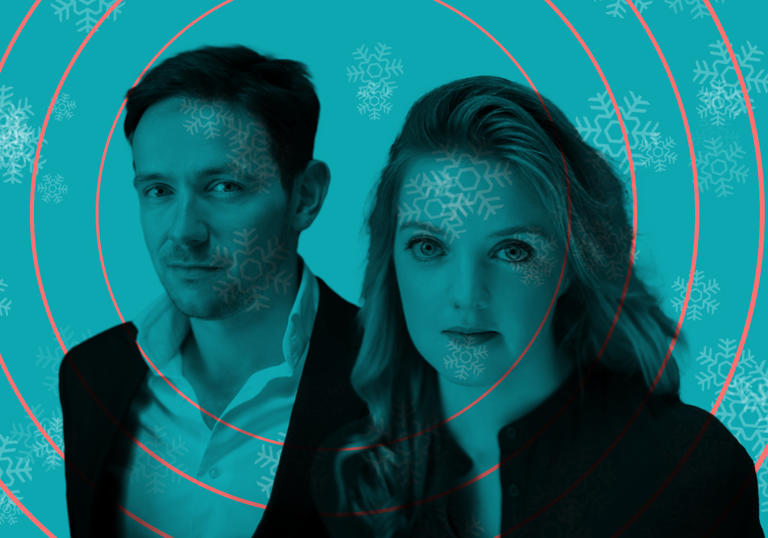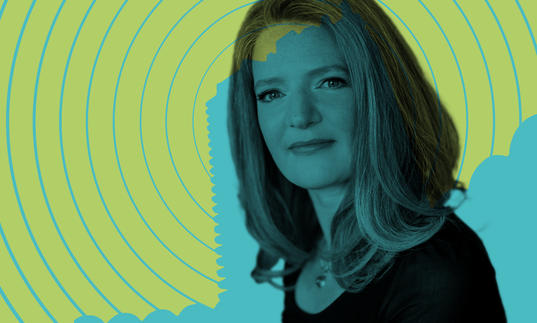Handel’s Messiah is such a beloved fixture in our musical lives that it’s easy to forget that when he composed it his reputation was not in the best of health. Having been the toast of London during the 1730s, when his operas were the talk of the town, by late in that decade they’d gone out of fashion and been superseded by the oratorio. These were similar in scope and ambition but based on religious rather than secular subjects. Some of Handel’s rivals seized upon the opportunity to write him off as a has-been but they were to be proved entirely wrong as he proceeded to write several brilliantly evocative oratorios, notably Saul and Israel in Egypt, showing a gift for characterisation that rendered them almost operatic in tone.
He wrote Messiah in the late summer of 1741 at his London home at 25 Brook Street in Mayfair (a street that now boasts adjacent blue plaques, for American rock legend Jimi Hendrix lived at No 23 in the late 1960s). In Messiah Handel breaks new ground in the way he uses only Biblical texts, compiled by Charles Jennens, an immensely cultured and wealthy patron of the arts who had also supplied the libretto for Saul.
It was Dublin rather than London that had the honour of premiering Messiah: Handel moved in lofty circles and travelled there at the invitation of the Duke of Devonshire (who was also Lord Lieutenant of Ireland) in November 1741 to present a series of works, with Messiah unveiled as something of an appendix in April 1742.
Jennens described his libretto as a ‘Scripture Collection’ and, unlike most of Handel’s oratorios, there are no characters as such in Messiah, getting round the controversy of having Jesus Christ portrayed by a singer. The work falls into three sections, the first relating the prophecy and good news of Christ’s birth; the second tells the Passion story and the many emotions it provokes, ending triumphantly with the 'Hallelujah' Chorus. And the third part explores the Resurrection, the victory of the soul over death and predicts Christ’s Second Coming.
When Messiah was first unveiled in London in 1743 there was some rumpus about the subject-matter being unsuitable for such theatrical treatment. But that fast died down as people were won over by its sheer inventiveness and soon it was receiving regular performances, with Handel himself directing it 36 times between 1742 and his death in 1759.
It’s not difficult to understand that enthusiasm, for Handel’s gift for story-telling had long been honed in the opera house. Equally important is his ability to create the most vivid tableaux and even though there are no named characters here, each of the soloists has airs that are by turns expressions of joy (‘Every valley shall be exalted’ sung by the tenor near the outset of Part 1), extreme beauty (the soprano’s ‘I know that my redeemer liveth’ that opens Part 3), pain (the alto’s ‘He was despised and rejected of men’ in Part 2) and drama (‘Why do the nations so furiously rage together’, a thrillingly athletic display for the bass in Part 2). And the recitatives – numbers where the emphasis is on text rather than music and serves to move the action on – tend to be short and very much to the point. The choruses are just as vital a strand in Messiah: as an expression of hope (‘And the glory of the Lord shall be revealed’) and contrapuntal exuberance (‘For unto us a child is born’) in Part 1. In the second part they set the scene with tremendous solemnity in ‘Behold the lamb of God’, and end it with the famous ‘Hallelujah’ Chorus. The sense of reflection in Part 3 is ardently evoked by ‘Since by man came death’, by turns haunting and dramatic, and it is the chorus that gets the last word, with the affirmative ‘Worthy is the lamb that was slain’ and a joyous concluding ‘Amen’.
And it’s not just the singers who get to shine – Handel is very much a master of word painting within the orchestra too, most notably in the Pastoral Symphony that forms a purely instrumental moment of liltingly beautiful reflection in Part 1.
The popularity of Messiah has lived on through the centuries, even when the fortunes of other of Handel’s works have waxed and waned. In this country that’s partly down to the tradition of amateur choral societies, at their pinnacle during the 19th century, through which the notion of epic-sized choruses took hold, often with large orchestra and – hopefully – professional soloists. And while that might be fun to participate in, it does distort Handel’s original (though what constitutes ‘original’ is a moot point since the composer continued tweaking the score until his death) and there’s no doubt that less is more. Once you have heard the work with period instruments, a modest-sized chorus and stellar soloists as we do tonight, you’ll never want to go back to the overblown readings of yesteryear.
© Harriet Smith


